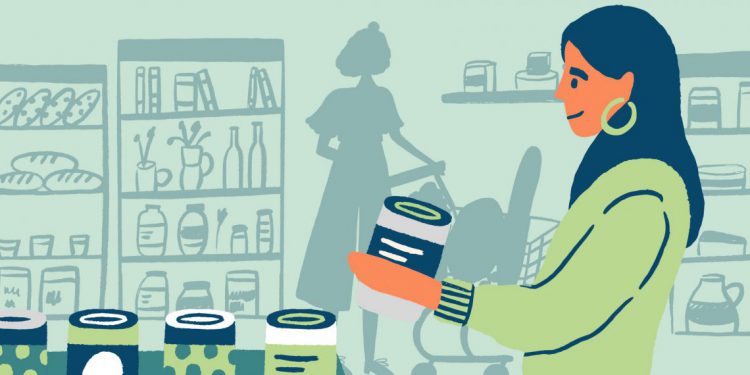Food assistance in the US will increase following estimates that a healthy diet costs 21 per cent more than previously estimated.
Food assistance, or Supplemental Nutrition Assistance Program (SNAP), amounts are informed by the Thrifty Food Plan, which has now been re-evaluated. SNAP benefits will increase by $36.24 per person, per month from October.
About 42 million people, 12 per cent of Americans, rely on food assistance. US food assistance will increase
A June study by the US Department of Agriculture (USDA) had found nine out of 10 recipients of food assistance struggled to manage a healthy diet – and the most common barrier was the cost of nutritious food.
That study made it clear most recipients had the skills to cook healthy food from scratch – affordability was the key problem.
Most of those relying on food assistance are working poor
A separate study last year found more than three-quarters of recipient families had at least one person working, and about one-third of families included two or more workers, a clear indication that low wages are the key reason for hunger.
SNAP benefits are automatically loaded onto an electronic benefit transfer card, or EBT card, used like a debit card in grocery stores. The amount recipients receive each month depends on income and family size.
SNAP benefits can be used for bread, cereal, fruits and vegetables and generally won’t cover alcohol, pet foods and paper products. US food assistance will increase
Luis Guardia, President of the Food Research & Action Center said, “We are pleased to see USDA has followed a thoughtful approach and based these adjustments on the latest available data on the four key factors identified in the 2018 Farm Bill: current food prices, what Americans typically eat, dietary guidance, and the nutrients in food items.
“It is the first time the purchasing formula has changed since 1975”
“People with lived SNAP experience also provided important input to USDA.”
The adjustment is the first time the purchasing formula has changed since it was first introduced in 1975. The revised plan includes more fish and red and orange vegetables.
“A modernised Thrifty Food Plan is more than a commitment to good nutrition – it’s an investment in our nation’s health, economy, and security,” said Agriculture Secretary Tom Vilsack.
“Ensuring low-income families have access to a healthy diet helps prevent disease, supports children in the classroom, reduces health care costs, and more. And the additional money families will spend on groceries helps grow the food economy, creating thousands of new jobs along the way.”























